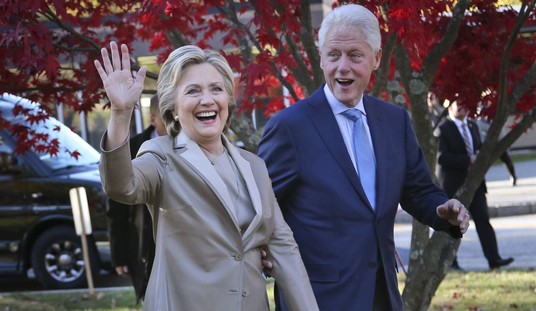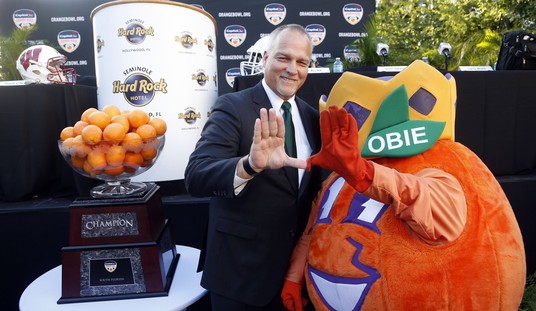
National Journal noticed an event in the Gallup voter enthusiasm polling: Republicans have gone off the scale, while Democrats have fallen far off from 2006.
Since 1994 the numbers have tracked with victory and defeat, with the party ahead in enthusiasm winning the House, but this scale is… well, just look.
Voters of each party were asked if they are More or Less enthusiastic about voting this year. In 1994 the Republicans were at 42 More/43 Less for -1 net. 40/41 in 1998. 42/42 in 2002. 40/41 in 2006. But in 2010, the Republicans have shifted to 59/31 for a +28 net enthusiasm rating, 29 points higher than 1994, which set the trend for every midterm since.
Democrats were terribly unenthuiastic in 1994, hitting a -18 net rating, which climbed to -10 and -8 before hitting +10 in 2006. Now though, they’ve dropped back to -0.
But just how well do the numbers track, and what does a net 28 point enthusiasm gap predict if the extrapolation holds?
| Year | Enthusiasm gap | House Majority |
|---|---|---|
| 1994 | +17 | +26 |
| 1998 | +9 | +22 |
| 2002 | +8 | +24* |
| 2006 | -11 | -31 |
| 2010 | +28 | ? |
* Counting Bernie Sanders (Independent Socialist of Vermont) with the Democrats
I won’t lie: I’m not going to be fancy about this. I’m just going to pull up OpenOffice and get a coefficient, which OO’s LINEST tool reads as 2.11. Which means a +28 enthusiasm gap, should it continue with the trend, predicts about a 59 seat Republican majority, a 247 R-188 D house, and a 69 seat gain from 2008.












Join the conversation as a VIP Member